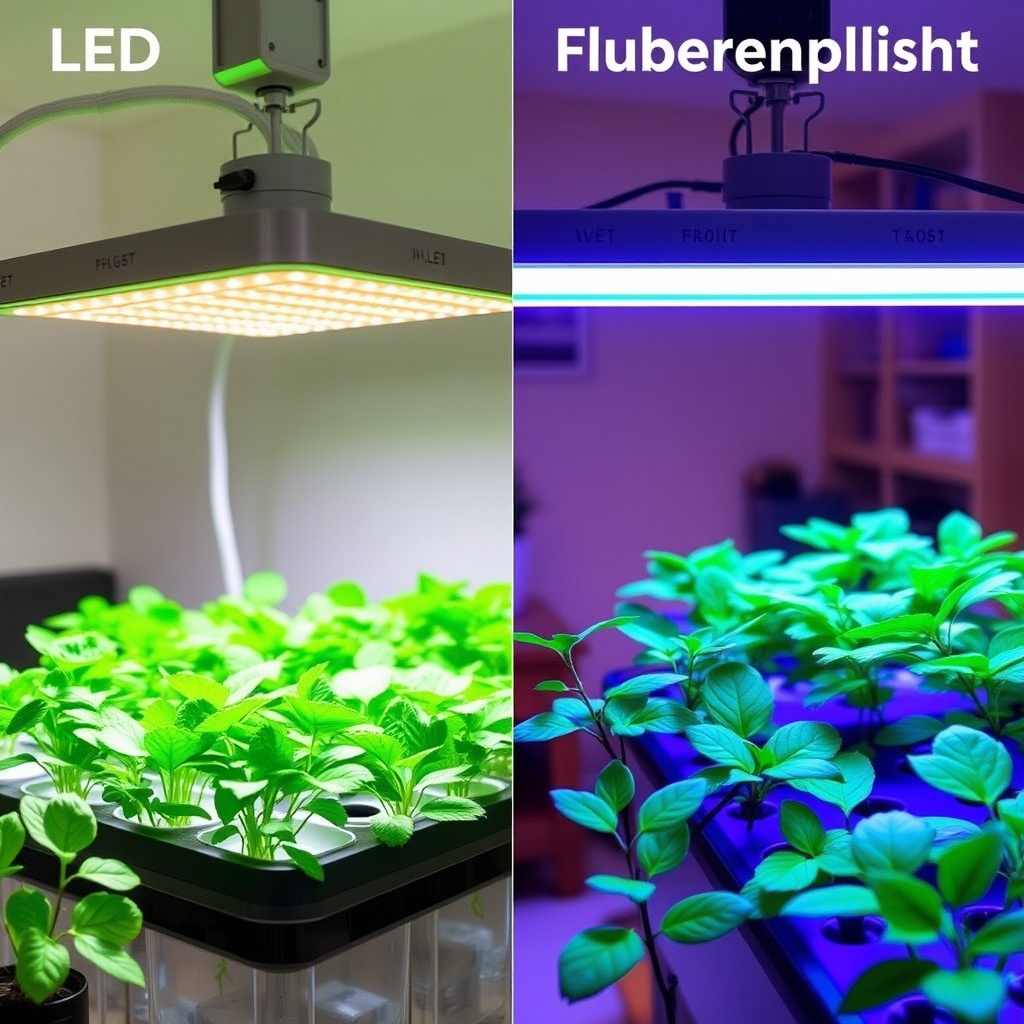In the quest for optimizing plant growth, researchers have increasingly focused on the role of light spectra. Among these, far-red light (FRL) plays a pivotal role in influencing plant morphology, particularly in controlled environments such as hydroponic systems. This article explores the mechanisms by which far-red light affects plant development, including its impact on stem elongation, leaf expansion, and overall plant architecture.

Far-red light, typically in the wavelength range of 700-800 nm, is often perceived as less significant compared to blue and red light. However, its influence on plant morphology can be profound, especially when integrated into hydroponic systems that allow for precise control of environmental factors. Understanding this light spectrum is essential for growers aiming to enhance yield and quality.

Far-red light influences several physiological processes in plants, primarily through its effects on phytochromes, which are light-sensitive proteins that regulate plant development. When plants absorb far-red light, they initiate a series of responses that affect their morphology.
One of the most notable effects of far-red light is its ability to promote stem elongation. This is particularly advantageous in competitive environments where plants are striving for light. In hydroponic systems, where space is often limited, controlling the exposure to far-red light can be crucial in managing plant height and density.
In addition to stem elongation, far-red light can affect leaf morphology. Plants exposed to higher levels of far-red light often develop larger leaves, which can enhance photosynthetic capacity. This is especially important in hydroponics, where maximizing light absorption is key to efficient nutrient uptake and overall plant health.
Implementing far-red light in hydroponic systems can be a game-changer for growers. By strategically using this light spectrum, growers can manipulate plant growth patterns to achieve desired outcomes, such as increased yield and improved quality of produce.
Here are some key strategies for integrating far-red light into hydroponic systems:
- Light Cycle Optimization: Adjusting the duration and intensity of far-red light exposure can enhance specific growth traits.
- Combining Light Spectra: Pairing far-red light with blue and red light can create a balanced light environment that maximizes photosynthesis and growth.
- Monitoring Plant Responses: Regularly assessing plant morphology can help fine-tune light conditions for optimal growth.
By employing these strategies, hydroponic growers can harness the power of far-red light to optimize their production systems, ultimately leading to healthier plants and higher yields.




